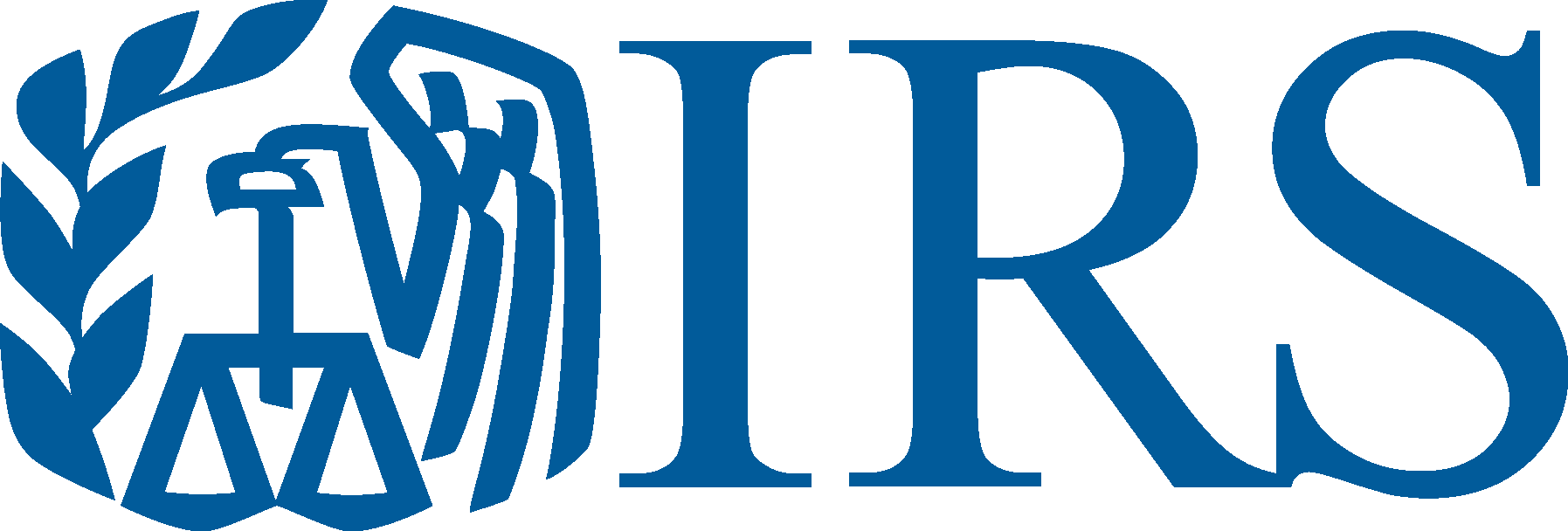
GET FREE HELP FILING YOUR TAXES
From late January until Tax Day (typically April 15), you can sit down with a IRS-certified volunteer to review your documents, complete your tax forms, understand what you may owe, and ideally get the largest refund possible at a Volunteer Income Tax Assistance (VITA) site across Denton County.
Do I qualify?
In 2025, any person or household with annual income of $67,000 or less could receive free tax help. The threshold for 2026, will be released by the IRS in January.
Learn More about Refundable Tax Credits
Refundable tax credits put money back in the pockets of hardworking taxpayers. The tabs below explain what these tax credits are and who qualifies.
Do you qualify for the Earned Income Tax Credit?
Earned Income Tax Credit (EITC) is for people who work for someone else, are self-employed or receive certain disability payments.
To qualify, you must have low to moderate-income and meet the following rules.
You (and your spouse, if filing a joint return)
Must
- Have earned income under a certain amount
- Have a Social Security number that is valid for employment issued on or before the due date of the return (including extensions)
- Be a U.S. citizen or resident alien all year
- Have a qualifying child or, if you do not have a qualifying child, you must:
- Be at least age 25 but under age 65 at the end of the year,
- Live in the United States for more than half the year and
- Not qualify as a dependent of another person
May not
- Have investment income, such as interest income, over a certain amount
- File as married filing separately
- Be a qualifying child of another person
- File Form 2555 or 2555-EZ (related to foreign earned income)

There are special rules for qualifying children, military, clergy members and taxpayers and their relatives with disabilities.
To claim the EITC, you must file a federal tax return even if you owe no tax and are not required to file.
Go to www.irs.gov/eitc for more information and to use the interactive EITC Assistant to see if you qualify for the credit and estimate the amount of your EITC.
Child Tax Credit
The Child Tax Credit (CTC) helps families with children.

File a tax return to claim the child tax credit for each qualifying child who has a valid social security number issued before the due date of the return. Generally, the qualifying child must be:
- Your son, daughter, stepchild, eligible foster child, brother, sister, stepbrother, stepsister, half-brother, half-sister, or a descendant of any of them (for example, your grandchild, niece, or nephew) who can be claimed as a dependent on your return. For more information, see Publication 501, Dependents, Standard Deduction, and Filing Information.
- Under age 17 at the end of the year.
- A U.S. citizen, U.S. national, or U.S. resident alien. For more information, see Publication 519, U.S. Tax Guide for Aliens.
Use the IRS Interactive Tax Assistant tool “Does My Child/Dependent Qualify for the Child Tax Credit or the Credit for Other Dependents?” to determine if a person qualifies you for the Child Tax Credit or the Credit for Other Dependents (ODC).
American Opportunity Tax Credit
The American Opportunity Tax Credit (AOTC) helps taxpayers who pay higher education expenses.
Generally, to be eligible for the American Opportunity Tax Credit, the student must:
- Be pursuing a degree or other recognized education credential.
- Be enrolled at least half time for at least one academic period beginning in the tax year.
- Not have finished the first four years of higher education at the beginning of the tax year.
- Not have claimed the AOTC or the former Hope credit for more than four tax years.
- Not have a felony drug conviction at the end of the tax year.
Maximum Amount – You can receive up to a $2,500 credit per eligible student, which phases out if your modified adjusted gross income is over $80,000 ($160,000 for joint filers). For most individuals, the modified adjusted gross income is the adjusted gross income reported on line 11 of their tax return.
Qualified Paid Expenses – Claim the credit for tuition, required enrollment fees, and books, supplies, and equipment needed for the course of study, whether or not the materials are purchased from the educational institution.
Taxpayer Identification Number (TIN) – The taxpayer and student, if different, must have a social security number (SSN) or other TIN that was issued by the due date of their tax return (including extensions). If the SSN is issued after the due date or the taxpayer or student applied for a different TIN from the IRS after the due date, the taxpayer cannot amend their return and claim the credit.

Eligible Educational Institution – Any accredited college, university, trade school, or other postsecondary educational institution eligible to participate in a student aid program administered by the U.S Department of Education is included.
Form 1098T – Eligible educational institutions are required to send Form 1098-T, Tuition Statement, to students who paid qualifying expenses.
Eligibility – You can claim the AOTC for yourself, your spouse, or a dependent claimed on your return.
Claim the AOTC on Form 8863, Education Credits. See Publication 970, Tax Benefits for Education, or use the IRS Interactive Tax Assistant tool “Am I Eligible to Claim an Education Credit?” to help you determine if your education expenses qualify for a tax benefit.
For more information, visit www.irs.gov/AOTC
Premium Tax Credit
If you or a member of your family enrolls in health insurance through the Marketplace, you may be eligible for the premium tax credit, a refundable credit that helps eligible individuals and families pay for health insurance.
Advance Payments
During enrollment, the Marketplace determines if you’re eligible for advance payments of the premium tax credit.
If you’re eligible, you can choose to have ALL, SOME or NONE of the advance payments for which you are eligible sent to
your insurance company:
ALL: the entire amount of your payments will be sent monthly to your insurance company
SOME: a portion of your payments are paid in advance to your insurance company, and then you wait to receive the rest of the benefit of the premium tax credit for which you are eligible when you file your tax return
NONE: you have nothing sent to your insurance company during the year, and wait to get all the benefit of the credit when you file your tax return
Did You Know...
If you choose not to have advance credit payments made on your behalf, you will get the credit when you file your tax return.
This will lower your tax balance due and could increase your refund.
To access the Marketplace, visit Healthcare.gov

Eligibility
If you or a family member enrolls in health coverage through the Marketplace for a month that you or the family member was not eligible for non-Marketplace health coverage, you may be allowed the credit if you:
- Paid your share of Marketplace insurance premiums
- Have household income within certain limits
- Do not file a married filing separately return. There are exceptions to this rule for domestic abuse and spousal abandonment victims
- Cannot be claimed as a dependent by another person
You must file a federal tax return if either of these apply to you:
- Advance credit payments were made on your behalf to your insurance company
- You are claiming the premium tax credit
Failing to file your tax return will prevent you from getting the benefit of advance credit payments in future years.
Claiming and Reconciling the Credit
When you file your tax return, you will use Form 8962, Premium Tax Credit, to claim the credit and to reconcile the credit with the advance credit payments made for you and your family. To reconcile the credit, subtract the total of your advance credit payments from the amount of the premium tax credit computed on your tax return. The difference will change the amount of tax you owe or the amount of your federal refund.
Report life changes to the Marketplace
Reporting life changes such as changes to income or family size – will help you avoid large differences between the advance credit payments made on your behalf and the amount of the premium tax credit you are allowed when you file your tax return.
You can file an extension using MyFreeTaxes.com which will extend your deadline until October 15, 2025. Note: you MUST calculate any taxes OWED and pay them by the April 15 deadline. If you owe taxes and do not pay by the April filing deadline, the IRS will charge you interest each month on the amount you owe until you file and pay.
Information you need:
- W-2 (Box 2)
- 1099-R (Box 4)
- Anything with “Federal Withholdings”
Step-By-Step:
- Go to MyFreeTaxes.com
- Indicate that you would like to “File My Own Taxes”
- Answer these questions:
- “Did you earn less than $84,000 in 2024?”
- “What is your ZIP code?”
- “Do you have income from self-employment?”
- Press the “File now” yellow button
- Once you get to “Welcome to the TaxSlayer VITA/TCE self-prep kiosk”, Login or create an account on TaxSlayer
- Begin a return
- Click on the grey question mark in the top right corner
- Type in “Extension”
- Click on “Go to Form 4868, Application for Automatic Extension of Time to File U.S. Individual Income Tax Return now” under files.
VITA volunteers are not trained to prepare state income taxes. Most states have a website where you can access state income tax filing information or electronically file your state tax return.
If you earn too much to use our services, you may still be eligible to try preparing your taxes for free yourself at MyFreeTaxes.com
Volunteer Income Tax Assistance is a free tax preparation service provided by United Way of Denton County in partnership with: City of Denton, City of Lewisville, City of Pilot Point, City of Sanger, CTDI, Denton Public Library, Lewisville Public Library, Little Elm Public Library, Pilot Point Community Library, Sanger Public Library, Texas Woman’s University, Town of Little Elm, and University of North Texas.
Our VITA program is provided with the generous support of:



